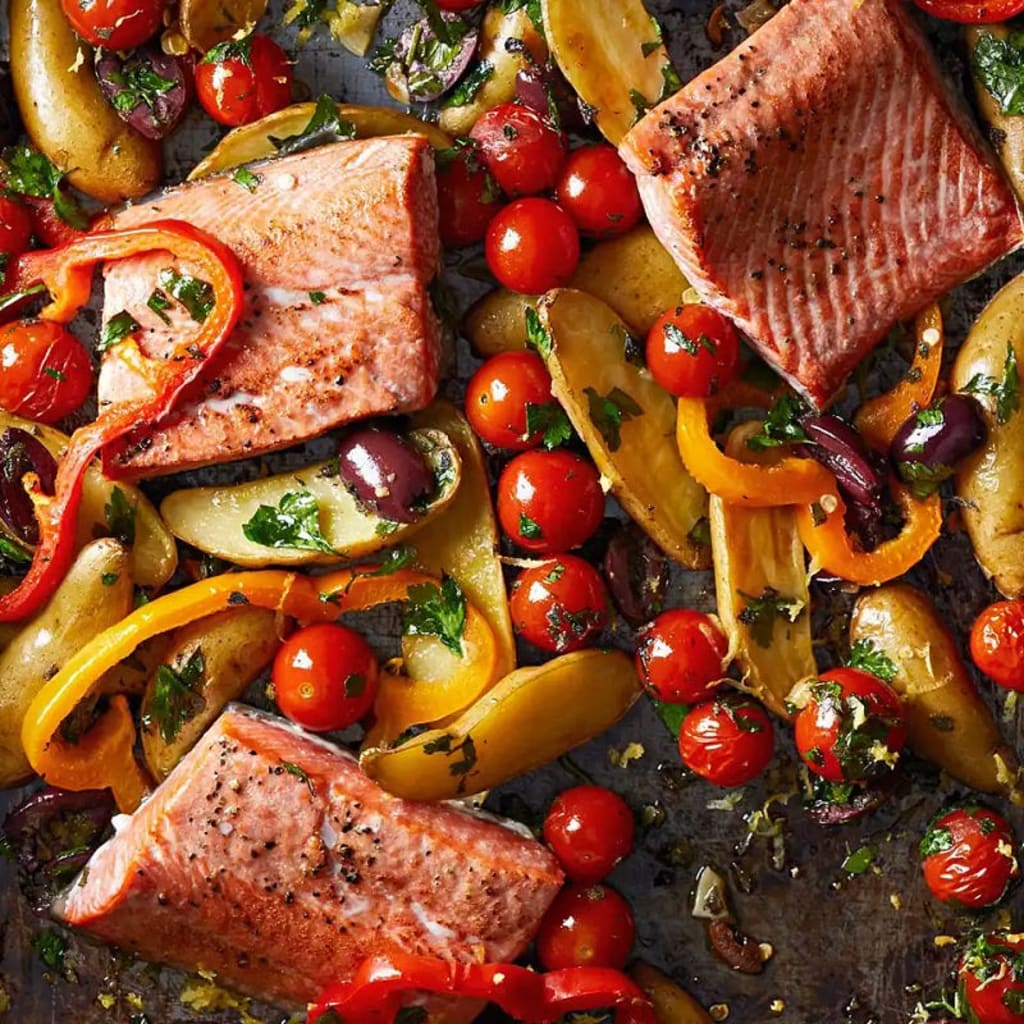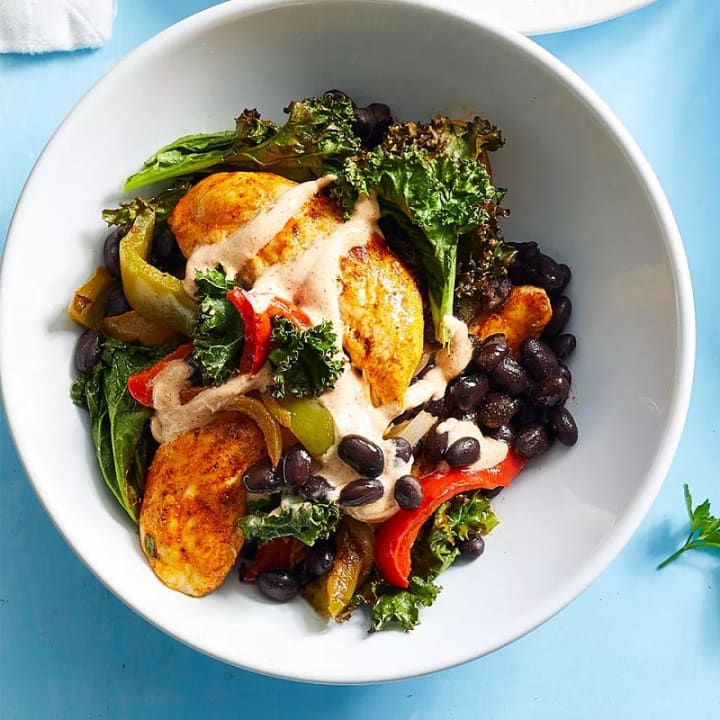
A 2022 study in Nutrients set up that diets high in sticky products and sodium were associated with advanced rates of constipation. On the other hand, diets with further whole grains, fats and stiff vegetables were associated with reduced constipation. adding fiber and fluid are well- known ways to help and treat constipation. We spoke with three registered dietitians who all suggest prioritizing these two effects in your diet if you struggle with constipation. “ lower than 5 of Americans get enough fiber, with utmost getting lower than 15 grams a day when the minimal recommendations are 25 grams a day for women and 38 grams a day for men, ” says Nichole Dandrea- Russert,M.S., RDN, a factory-grounded dietitian. To help you get in further fiber, fluids and bounce so you can poop regularly, we recommend eating further green peas. They're considered a stiff vegetable, per the Department of Agriculture, because they contain 25 grams of carbohydrate per cooked mug, unlike nonstarchy vegetables that tend to have 5 grams or lower of carbohydrates. The Benefits of Green Peas for Constipation Relief Rich in Insoluble Fiber A 1- mug serving of cooked peas contains a aggregate of 9 grams of fiber, or 32 of the Daily Value. Of these 9 grams of total fiber, about 70 is undoable fiber, per Endotext. This type of fiber adds bulk to your coprolite to help speed up conveyance time through your digestive tract, so it’s especially helpful for constipation, according to the National Library of Medicine. The remaining 30 of peas' fiber is answerable fiber, which helps attract water into your gastrointestinal tract during digestion. This type of fiber is more helpful for relieving diarrhea, but it can also help reduce your threat of heart complaint, per the NLM. Both kinds of fiber are essential for overall digestive health, says Dandrea- Russert, and utmost fiber- containing foods have a combination of both. Try this Delicate herbage Pea Pesto Pasta for a savory high- fiber regale! High Fluid Content Getting in enough fluids throughout the day is crucial to precluding and treating constipation, says Emily Maus, RD, a registered dietitian and author of Live Well Dietitian. “ Hydration is important to keep coprolite a softer thickness for easier end, ” she explains. Because answerable fiber attracts water, the combination of the two is demanded for more comfortable bowel movements. When you suppose of hydration, you may suppose of lugging around a big water bottle, but utmost fruits and veggies have a high fluid content that can contribute to your total fluid input. Kaytee Hadley,M.S., RDN, author of Holistic Health and Wellness, highlights green peas as a high- fiber and high- fluid veggie. They ’re made up of nearly 80 water, per the USDA! Good Source of Magnesium numerous people have heard that fiber and fluid are good for relieving constipation, but did you know that magnesium — a mineral set up in green peas — may also help?

One recent study looked at the diets and bowel habits of 9,519 grown-ups and set up that salutary magnesium was equally associated with constipation. Those with advanced salutary magnesium reported less constipation compared to those who consumed lower magnesium through their diet, ” says Dandrea- Russert, representing a 2021 study in Food Science & Nutrition. Magnesium may have a laxative effect by pulling water from your body into your coprolite, perfecting coprolite frequence and thickness. Magnesium supplementation has been shown to relieve constipation for some time now, says Dandrea- Russert, but this is one of the first studies looking at salutary magnesium’s impact on constipation. Its results are promising; still, the study was experimental so we ca n’t be sure that magnesium is what caused reduced constipation rates. Interestingly, numerous Americans do n’t meet the recommended inputs of magnesium, per the National Institutes of Health. Eating foods like green peas can help you consume further magnesium for overall health and potentially indeed constipation relief. Each mug of cooked green peas contains an emotional 15 of the DV for magnesium, according to the USDA. To help you get in further fiber, fluids and bounce so you can poop regularly, we recommend eating further green peas. They ’re considered a stiff vegetable, per the Department of Agriculture, because they contain 25 grams of carbohydrate per cooked mug, unlike nonstarchy vegetables that tend to have 5 grams or lower of carbohydrates.
About the Creator
Mst Lazmi
Writing is the best skill. Whatever you write own skill. Just better skill.






Comments
There are no comments for this story
Be the first to respond and start the conversation.